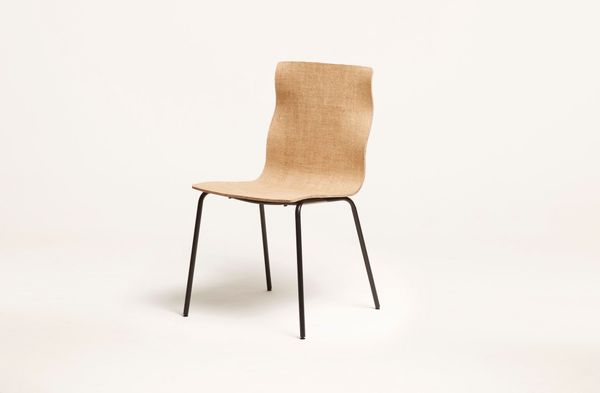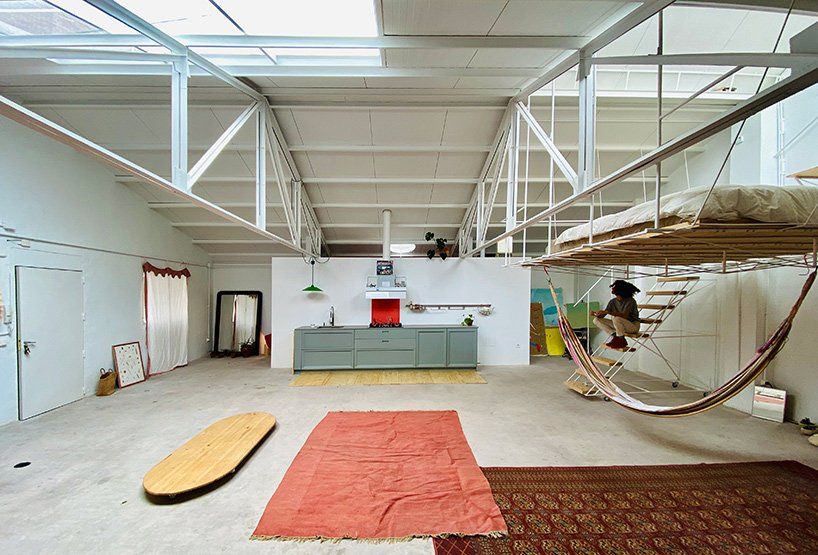Although the lockdown will not last longer than a few weeks, maybe months, the experience will probably leave a longer-lasting mark on our lives, way of living and living spaces, too. The time spent forcibly at home, home office, being locked in and together all have their lessons already at this point – the question is whether these experiences are severe enough to define or shape how our future spaces will be designed.

In our interview series, we ask the representatives of different fields about how they think the epidemic changes our living spaces. This time, Cosovan Attila designer and professor at Moholy-Nagy University of Art and Design and Corvinus University of Budapest and architect Bori Fenyvesi answered our questions together.
Most families now face the challenges brought by the expanding functions of their homes, the majority of which (work, studying) would require more intimacy than what can be offered by the open floor layout that has been popular in building design until now. What do you think, is this type of space coming to its end?
Perhaps this is the time when open floor will be properly rewarded. Up until now, we were only looking at these spaces, we rarely filled them with life, because everyone, including the parents and the children, were out somewhere… many of them only went home to sleep and just rushed through the adjoining spaces.
Now when I’m in an online meeting or class that I don’t hold from my study and one of my kids or my wife comes behind me, it’s okay, it’s organic, this is the true home office, when we assume the beauty of this duality.
I can also imagine that pop up “greenbox” type of things will be used in homes that divide up the space, and which people will only use when the family members need some private space.
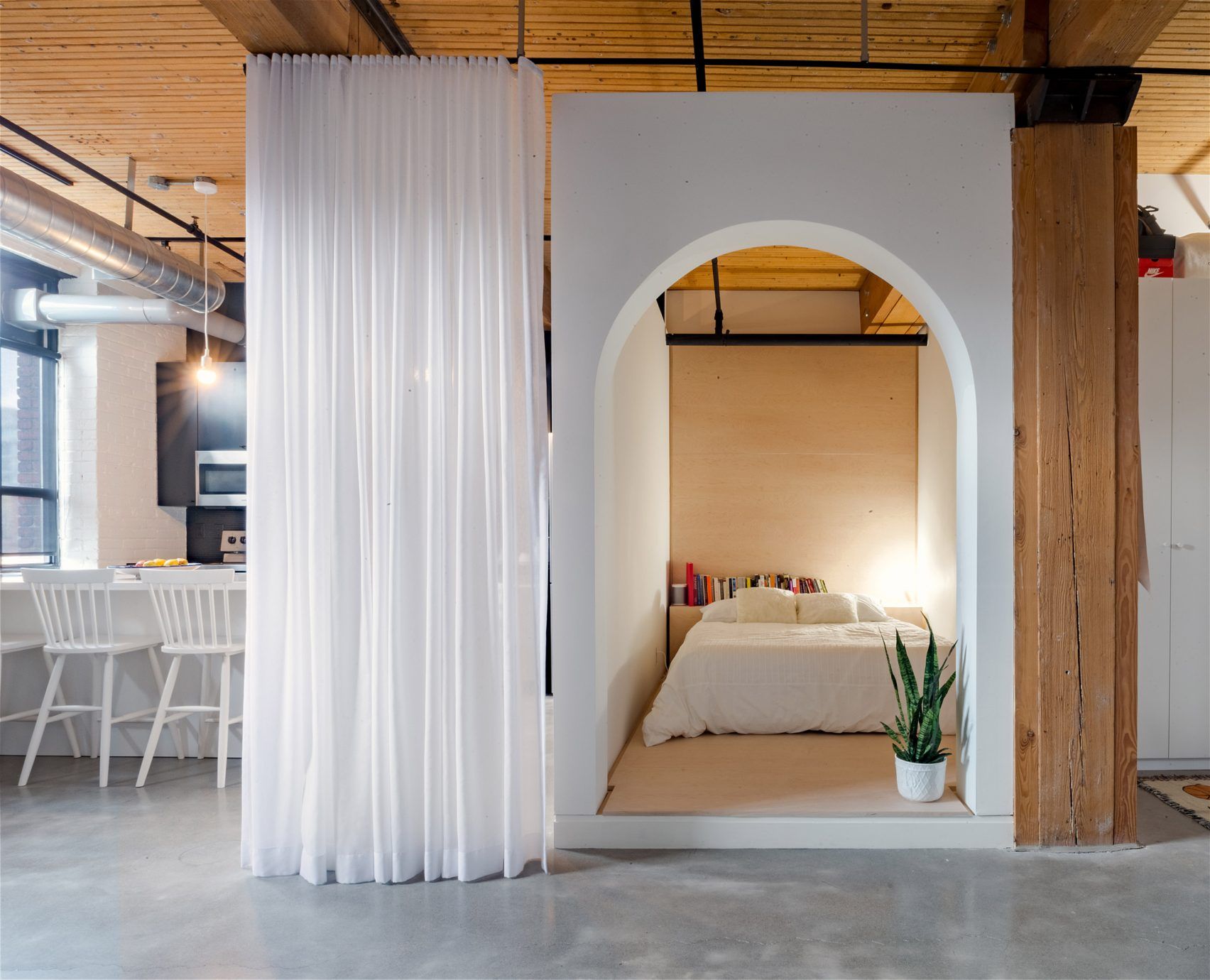
The scope of activities performed at home was not only expanded by work and attending and holding classes, but with our leisure activities that we normally carry out outdoors, too. How will it influence our object culture, for example, if sports keeps sneaking into our apartments?
We have quite a good deal of sports-related objects in our homes already right now – too many that we don’t use, with notable exceptions – so this is not a new need, only maybe now they will reemerge from their hiding places in the attic, the cellar or behind the cabinet. On the contrary, we rather think that more people will spend more time in nature and do sports outside instead of the apartments and gyms. Many people, including many young ones, now have the chance to experience that there is also life on the top of a hill, and not only in malls and the terraces of public spaces, in the absence of anything better.

Sanitization indisputably and necessarily gains a greater role in our life right now. Do you think the tools currently used in health care institutions only will appear in our apartments once the virus is gone, but its experience still lingers in our minds? Do you think surfaces that are easy to sanitize will become more popular?
Our lives were completely sterile already before, but one of the great fears of consumer society is “dirt,” bacteria, fungi, mold and viruses. Our furniture is almost as easy to sanitize as the furnishing of any operation room, so I rather expect the contrary… Maybe our common sense will return and we won’t sanitize at all. If our beloved coronavirus were killed by sterility, then there would be no one left alive in Kibera’s slum with one million people living in it. Yet the virus appeared there, too, but it didn’t spread for some reason. Without sterility! We should think about the why.

Outside of this topic, do you think new objects will appear in our lives as a result of the virus? Technological innovations included.
C. A.: I rather hope that objects will disappear. Now that several of us are at home, we realize that we have no room because of them. After some time, we won’t feel good if we see the result of an unnecessary shopping spree surrounding us.
I hope we will get cleansed and I hope we will purchase things that can stay with us for a long time again.
With ICT objecs (devices of information and communication technology – the Ed.) as the exception of course (for some time…).
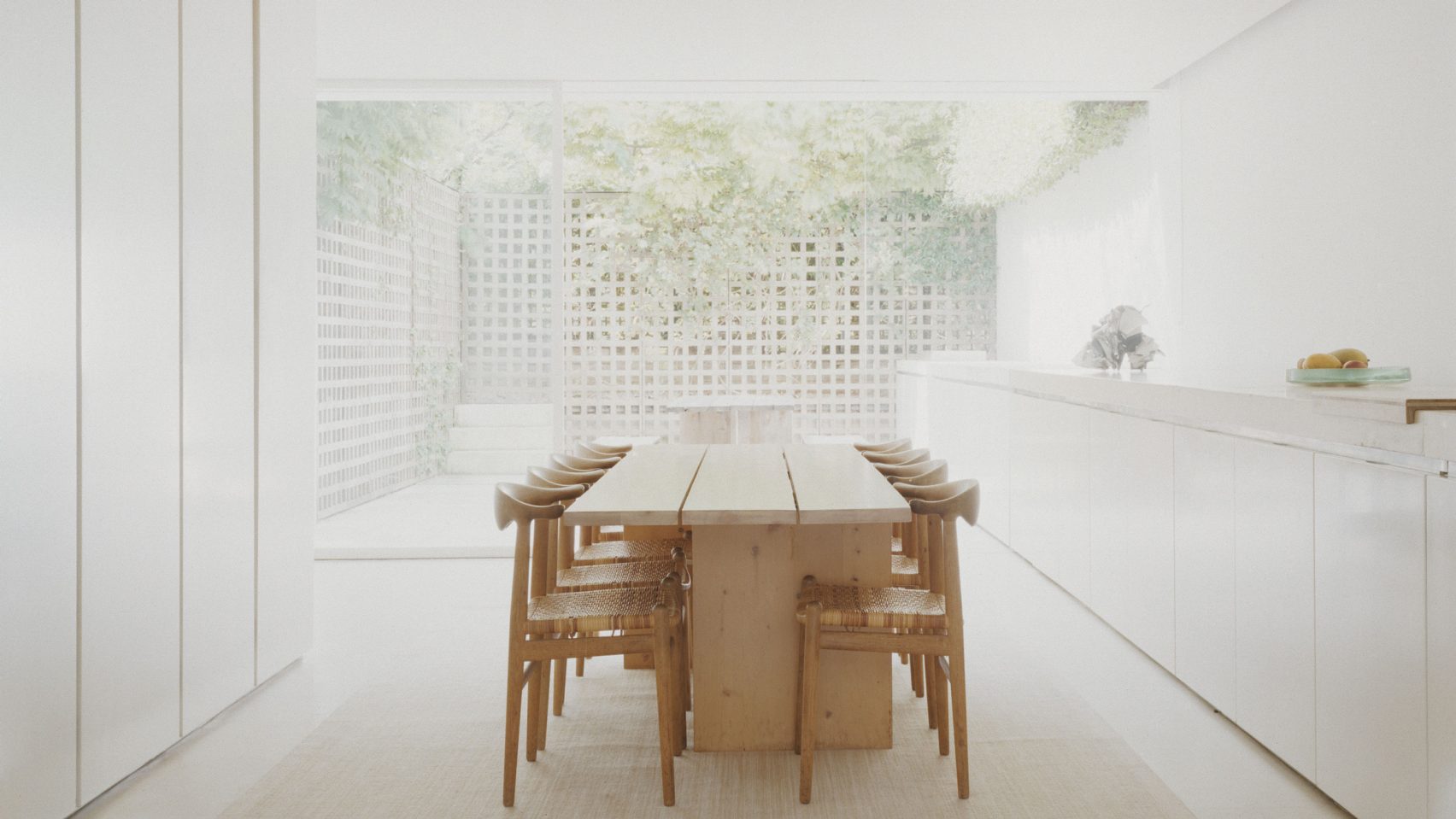
Does this mean the virus will influence our consumer habits, too? How could this “new” behavior affect the items of the design industry?
Perhaps the general consumer habit will change in a direction we have already mentioned in the previous answers (although most probably it will not change a at all). There will be some additional conscious consumers, who will be sick of the word “consumer” itself, just as we are, by the way.
C. A.: The items of the design industry? What we call design industry today is a complete misunderstanding. Broadly speaking, we call design objects things that are maybe “beautiful”, but by all means expensive. And this is a great oversight of the definition. I hope this can get right in some way or another.
For me, design objects are things that make sense and do not lose their value if the trend is gone in the long term. Unfortunately I am aware that “the items of the design industry” have now become fashion products and are changed seasonally, the same as clothing collections, but as slow movement, sustainability and moral duty also appeared in fashion, this is already present amongst the items of the design industry, too. Only on the level of slogans so far, but the process has started and maybe this will speed up owing to the self-reflection caused by the epidemic.
For you, what would be the favorable change that could take place in terms of our homes as a result of the epidemic?
Due to the epidemic and the lockdown, people started to pile up food products, cleaning products and other things in their homes in much bigger quantities than before… It would be good if our homes functioned less as a storage space, and more as a calming, simple, i.e. clean place giving space to life. Not sterile as an OR, but organic as a garden where “weeds” and bushes unknown to us are allowed to grow next to the accurately designed lawn.
Attila Cosovan |website
Highlighted photo: loft in Madrid – Pía Mendaro. Source: designboom The images are free associations.
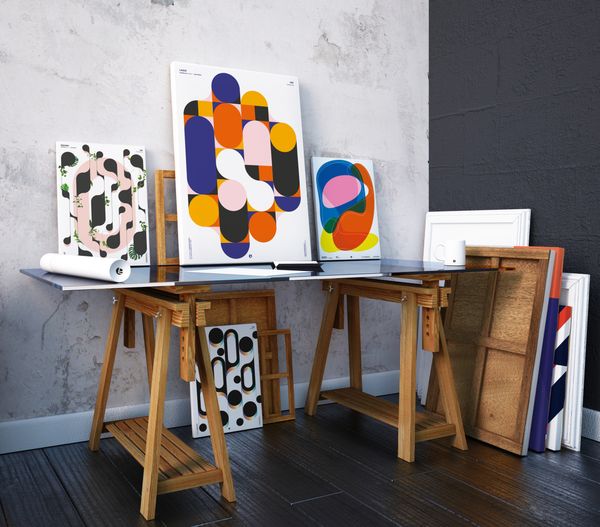
Posters as works of art | PosterLad
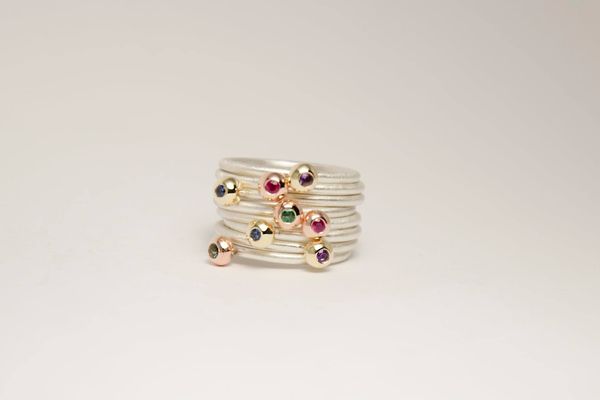
Support Hungarian design | JEWELRY
